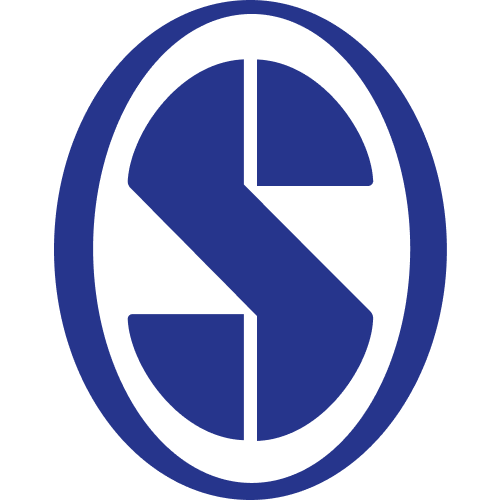Train-velocity-filtering of wayside noise to measure grind effectiveness when targeting variable wavelength rail corrugation
We propose and apply novel corrugation and corrugation-related noise metrics designed to help maintainers monitor corrugation actively (on rail) or passively (by proxy through noise) at locations in a transit property. The novelty of our approach consists of incorporating wavelength-variable corrugation filtering, and wavelength- and velocity-dependent noise weighting into existing rail corrugation and wayside noise metrics primarily for municipal rail maintenance. The modified metrics isolate corrugation and corrugation-related noise in a manner tailored to a property’s operational characteristics, such as train velocity. The proposed modified metrics are applied to a data set collected from a pre- and post-grind monitoring regimen at 17 measurement sites in a North American property to investigate their responses. This study demonstrates the benefit of adapting the filtering methodology used to produce summary corrugation statistics to suit a specific property’s corrugation needs. It also demonstrates the need to include target corrugation wavelengths and approximate train velocity to appropriately weight the noise spectrum in a sample. These developments supplement the available methods that property maintainers can adopt to monitor corrugation conditions at discrete locations throughout a system by providing tools/metrics that are specifically designed to correctly assess the appropriate wavelength of corrugation on the rail face, thereby allowing maintainers to then accurately monitor corrugation via noise by means of passive wayside measurements.

